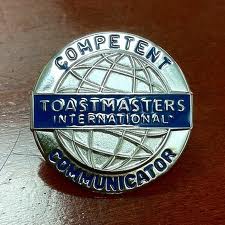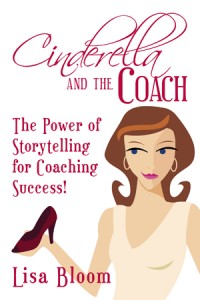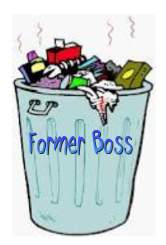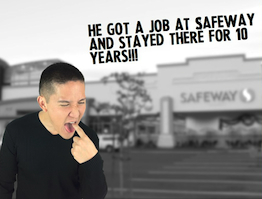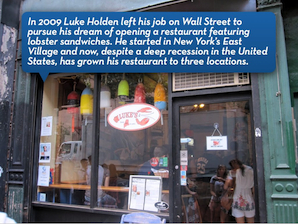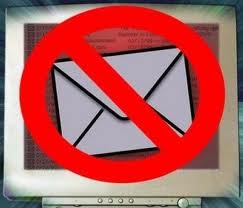My colleague Darrell Gurney has conducted an annual process for more than eight years in which he “powerfully wrap[s] up the passing year before going on to design my coming year.”
He offers his exercise to subscribers and friends at the end of each year.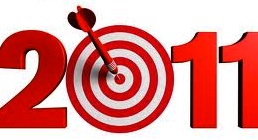
While the end of the year is typically time for goal-setting for the next year, Darrell believes the process needs another component:
At this time in December, everyone gets on the bandwagon of designing goals for the coming year. But I believe that taking on more challenges without acknowledging and appreciating from whence we have come lacks the HUGE spark of energy that we can get from that kind of self-inventory.
You can get Darrell’s MILESTONES & MEMORABLE MOMENTS worksheet by submitting your first name and email address.
I recommend you take the exercise a step further and, wherever possible, craft your responses to the prompts in story form. Doing so will help you remember them better and help you express them in your professional life — say, in job interviews or meetings with your boss in which you make a pitch for a raise or promotion.
The prompts cover such areas as accomplishments, motivations, obstacles, surprises, mistakes, disappointments, and more.
Darrell’s even offering a four-part series of tele-calls to guide folks through the Milestones and Memorable Moments and goal-setting process over four Wednesdays:
4 Consecutive Wednesdays
Dec. 21 through Jan. 11
5-6pm PST
Dial-in: 218-936-7999
Access Code: 840504#
If you’d prefer not to give your name and email to get the worksheet, you can access a Web version here.

